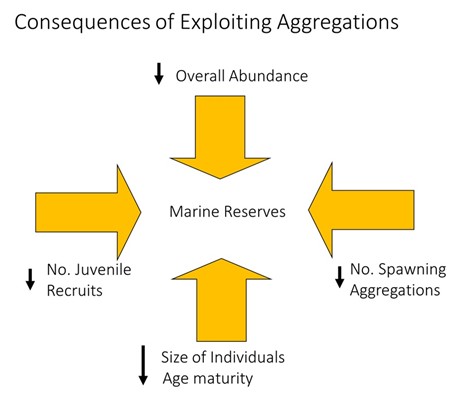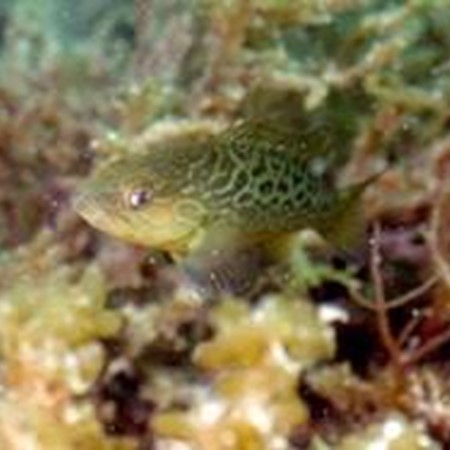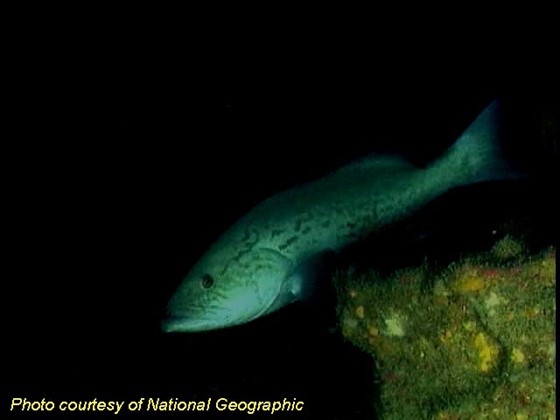
The fact that gag form spawning aggregations means that they are susceptible to rapid overfishing when these aggregations are targeted for capture, a practice that started in the 1970s for this species. The figure to the right shows the percentage of males in the population before intensive fishing started in the 1970s and several decades later, for both the Gulf of Mexico and the South Atlantic (South Atlantic data are from our colleagues at the South Carolina Department of Natural Resources Marine Resources Division). The problem of fishing aggregations is compounded by the apparent removal of males from the populations. Males tend to stay on aggregation sites year round, take bait more aggressively than do females and thus are preferentially removed from populations. The implication is that aggregation fishing leads to the loss of males. The root cause of the decline in the number of males is the disruption of the social system of aggregations, since cues for sex change depend on social interactions. It appears that cues for sex change occur during aggregation since it is during the immediate post-aggregation period when the percentage of transitionals (those fish in the process of changing from female to male) is highest.
The potential consequences of male loss are (1) reduced spawning opportunities for females; and (2) lowered fertilization through sperm limitation.
So far, we have this evidence for gag stocks and much of the same evidence for other species:
- Loss of the largest reproductive individuals in the population because they are targeted by fisheries and the largest fish tend to occur on spawning sites
- Recruitment is highly variable
- A decline in the number of historical aggregation sites; once sites are fished out, they tend not to be restored. Gag don't use chemical cues the way that salmon do to find spawning grounds. Rather they rely on experienced fish to lead them to the appropriate site
As individual effects, any one of these can have a devastating effect on populations. They can interact, however, to put groupers at particularly high risk of economic extinction.
Recruitment Indices of Juvenile Gag in Seagrass Bed
After an extensive (40-60 d) pelagic stage during which fish are transported from offshore spawning areas (typically 35 to 100 miles offshore) to estuaries, larval gag settle as juveniles in seagrass habitat in shallow water throughout the eastern Gulf of Mexico. The sea grass beds of the northwest Florida coast form the only structurally complex habitat in the area. They are surrounded primarily by mud and sand, and there are no natural inshore reefs. An important consideration is the extent to which this habitat serves a nursery function for the production of estuary-dependent juvenile stages in their life histories.
We determined gag abundance using a Jolly-Seber mark-recapture method in which juveniles were marked using a cold-brand method that persisted throughout the seagrass-associated stage, generally disappearing by the time fish left for offshore reefs. We feel that the abundance of juveniles in seagrass beds can be used to forecast year-class strength entering the fishery when the fish reach the minimum size limit. Our research in this area has focused on developing some sense of the spatial and temporal patterns of their distribution to develop a recruitment index. We also have evaluated the habitat suitability of various seagrass habitats. The results of this study appear in the Transactions of the American Fisheries Society.




